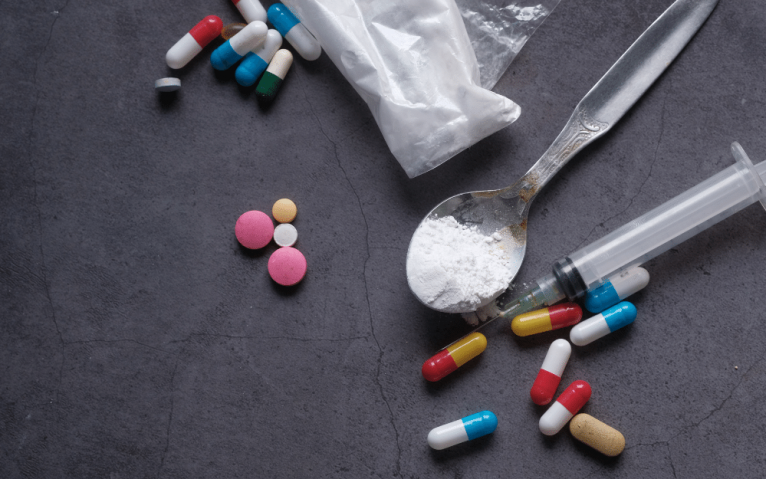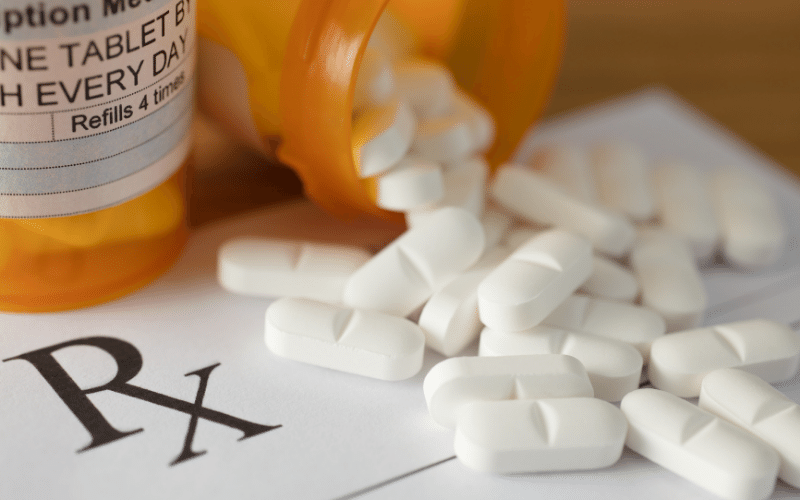More often than less, substance abusers aren’t chasing after one drug alone. Polydrug use is the consumption of more than one drug at once. Whether some people do without intention, polysubstance abuse often refers to the use of illicit drugs simultaneously. Of course, this combination of substances poses significant dangers to the abuser and places additional challenges to treating the condition. Let’s explore the extent of polysubstance addiction and what are the best treatments to treat this disease.
What is Polysubstance Abuse?
Polysubstance dependence is a substance use disorder in which people use at least three different drugs simultaneously. They don’t have a “favorite” drug or one they usually turn to in this case. Thus, it is impossible to silo out the one they’re “dependent” on.
Polysubstance abuse was part of the Diagnostic and Statistical Manual of Mental Disorders, but it was eliminated from the DSM-5 criteria. Today, even those who abuse multiple substances fall under the category of struggling from a substance use disorder.
The Dangerous Consequences of Polysubstance Abuse
Pinning down the specific consequences of polysubstance abuse bottles down to the type of drugs being combined. However, there are general dangers of polysubstance abuse. In addition, these consequences can be exacerbated by other previous medical conditions, especially among those with prescription medication addiction.
1. Worsen Side Effects
The most common consequence of polysubstance abuse is the increased severity of side effects. Instead of feeling the impact of the different drugs, the combination of substances often heightens the other side effects. It also increases the medicines’ additive effects since it becomes more challenging for users to achieve the same impact with single drug use. General side effects include nausea, body ache, balance issues, heart rate changes, lower blood pressure, and respiration rate changes.
2. Acute Health Problems
Substance abuse alone comes with plenty of health consequences. Drug interactions can slow down metabolism and increase blood concentration, for example. When this happens, it causes a chain reaction that boosts toxicity. These issues can lead to many chronic diseases, including hepatitis C, myocardial infarction, and other acute health problems with long-term consequences.
3. Higher Risk of Overdose
Even though overdose is always possible with substance abuse, its risk is much higher when multiple substances play a role. Because some substances mask others’ effects, users often take higher doses than they usually would, trying to obtain the same impact. As a result, they’re also increasing their risk of overdose and possible death.
4. Higher Chances of Co-Occurring Disorders
Also known as dual diagnosis, those with a mental health disorder are more likely to struggle with polysubstance abuse. Because those with mental illness are likely to self-medicate, the use of multiple substances is relatively common. Unfortunately, polysubstance abuse in those with co-occurring disorders is a vicious cycle that carries many health consequences. Not only does mental illness fuel the use of substances, but polysubstance abuse amplifies the adverse effects of mental health disorders.
5. Complications of Treatments
When someone abuses more than one drug, treatment becomes more difficult. Certain overdoses have a specific treatment protocol that can be helpful. However, when other medicines or substances come into play, treatment may not be as effective. In the long run, polysubstance abuse also requires more specialized treatment options to help people achieve full recovery.
Common Substance Combinations
Perhaps the most common drug combination has to deal with alcohol. Combined with prescription and street drugs, alcohol helps users achieve a more potent high, but it can also worsen adverse effects. On the other hand, some people try to counteract the effects of certain drugs. For example, they’ll combine a stimulant like cocaine with a depressant like alcohol so that they can drink more.
Some studies report that prescription drug abuse was 18 times higher in participants with alcohol abuse. Some of the most common substance combinations include:
- Cocaine and alcohol
- Opiates and benzodiazepines
- Steroids and cocaine
- Percocet and alcohol
- Vicodin and alcohol
- Xanax and alcohol
- Benzodiazepines and alcohol
- Klonopin and alcohol
- Suboxone and Adderall
- Trazodone and alcohol
- Suboxone and benzodiazepines
- Valium and alcohol
- Ativan and alcohol
- Klonopin and Xanax
- Methadone and heroin
- Ecstasy and alcohol
Detox for Polysubstance Abuse
Unlike traditional detox, polysubstance abuse detox is more complex and requires 24/7 medical supervision. Because the body will withdraw from multiple substances at once, it’s important to monitor vital signs and have a dedicated medical team intervene if a medical emergency occurs.
Anti-nausea medications, antidepressants, and other medications are often involved in polysubstance abuse detox to address vomiting, mood fluctuations, and other side effects of detoxing.
Because polysubstance abuse tends to require long-term maintenance, patients also follow a medication-assisted treatment program. For example, opioid replacement medications can help manage the severity of withdrawal. Similar options are recommended to those struggling with cocaine withdrawal symptoms, benzodiazepine withdrawal, and other intense withdrawal episodes.
Due to the unpredictability of withdrawal symptoms from multiple substances, medical detox is almost mandatory to prevent relapse and overdose while detoxing.
The Unique Treatment Plan for Polydrug Users
Detox is by far the first step to treat polydrug abuse, but it’s not an effective treatment on its own. Patients need a unique and comprehensive treatment plan centered around therapy and medical care to treat polydrug abuse.
Personalized Approach
The most effective treatment programs follow a personalized approach that adapts to each patient’s unique needs. There isn’t a one-size-fits-all solution for substance abuse treatment, especially when people engage in polysubstance abuse. The first step is to identify the reasons that lead to abuse in the first place. Then, understanding the types of substances abused and how these substances impacted someone’s lifestyle and symptoms.
Inpatient Programs
Although many substance abuse problems can be treated with intensive outpatient programs and even outpatient modalities, polysubstance abuse is best addressed through an inpatient setting. Because withdrawal symptoms are so unexpected and can lash out even weeks after starting the detox, supervision is critical for recovery. Inpatient treatment programs offer individual control that no other modality can provide. It gives people a safe and controlled environment to recover.
Evidence-based Therapy
A comprehensive treatment plan involves more than detox and medication. And it often involves the use of therapy. In most substance use disorders, cognitive-behavioral therapy (CBT) is one of the go-to treatments to help. This type of treatment focuses heavily on substance abuse’s behavioral aspect, assisting users in modifying their thoughts and changing their future behaviors. CBT can be highly effective in changing destructive behavioral patterns, including those often seen in substance abuse.
Dual Diagnosis Programs
When there are co-occurring mental health issues, it’s paramount to address them simultaneously. Since substance abuse and mental illness are related, treating both conditions is key to achieving long-term recovery. In the case of certain mental illnesses like depression or anxiety, the use of medication may be imperative to help. This is why a dual diagnosis program is critical for achieving recovery and managing both conditions.









